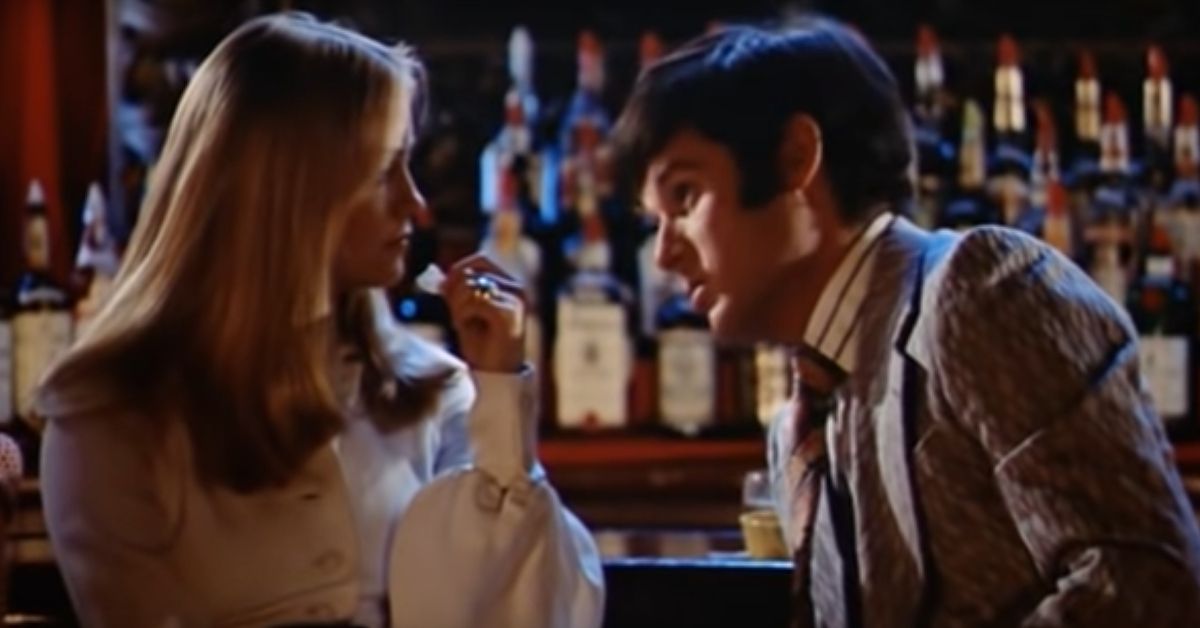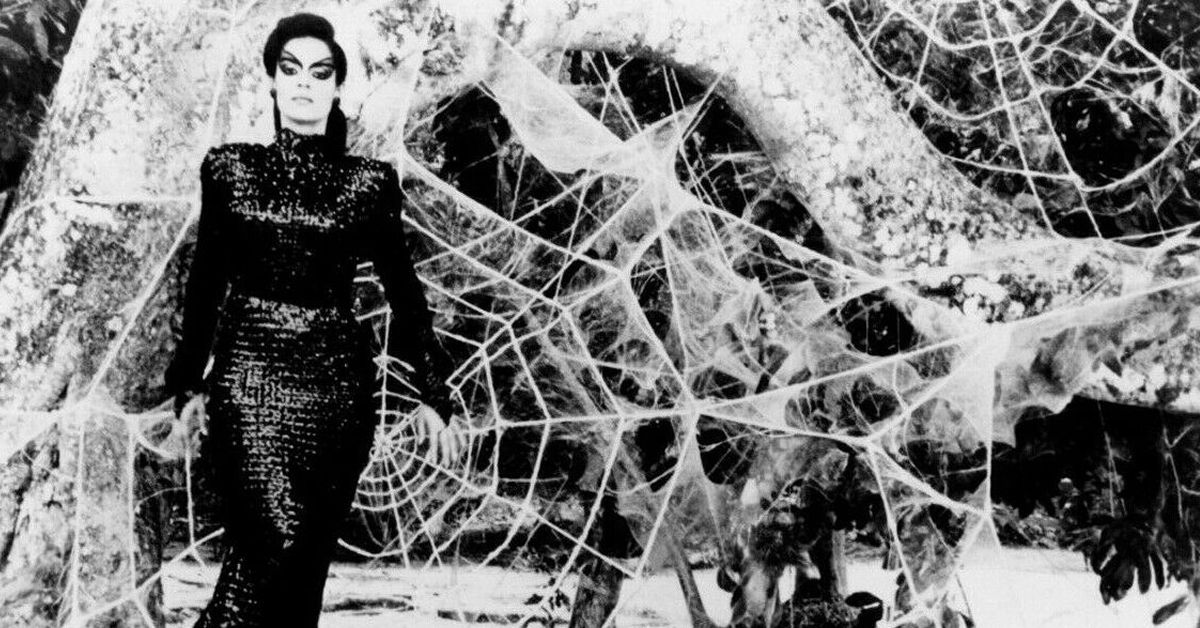Imagine you’ve seen a film, not a popular blockbuster, but a more obscure smaller production. Since that initial watch, you decided you wanted to revisit it a few years later. You look for it on streaming, for rent, on amazon, and on eBay, and you get nothing. Maybe you’ll find an out-of-print DVD for $50. What happened? Sadly, this is the case for many movies, and it’s what Missing Movies plans to tackle.
Missing Movies is an organization led by filmmakers to bring these lost movies back to audiences. On their website, their team’s mission is to “empower filmmakers, distributors, archivists, and others to locate lost materials, clear rights, and advocate for policies and laws to make the full range of our cinema history available to all.” They also have a list of lost films they are currently working to restore; one is a little film 1972 film titled The Heartbreak Kid. The film’s DVD is currently out of print, there is no Blu-ray, and none of the major streaming platforms carry it. The Guardian describes why this film is considered “lost” to audiences.
The reason you can’t see The Heartbreak Kid legitimately is because a pharmaceutical company doesn’t want you to. Bristol Myers Squibb owns the rights to the film, a holdover from the brief period in the 1970s when its executives decided it would be cool to be in the movie business. In 2021, the company has announced no plans to sell the rights to an actual distributor. It’s strange. Even as Elaine May has become a cause celebre in film circles for her underappreciated work in the 1970s, The Heartbreak Kid is no closer to finding its audience.
The Heartbreak Kid is only one example of the long list of films stuck in a legal distribution limbo, with no way for audiences to gain access. Missing Movies aims to tackle this issue with its team of industry experts. The goal is to steer attention to how older films are being put at a disadvantage in the age of streaming. Their website states a sad truth: “… with a few giant companies controlling the most popular streaming services and trying to outdo one another with original content, many older movies are being left behind.”
Missing Movies Works on Uncovering Classics
Like with paintings, books, and other forms of art, film is not impervious to the decay of time. Even when being kept in a safe environment, film negatives will eventually crumble away into dust. In 2017, The Film Foundation estimated that half of all American films made before 1950 are lost forever. It’s a sad truth that Dennis Doros of Milestone Films, and a member of Missing Movies, told The Guardian.
“The popular conception among film fans is that 70-80% of silent films are missing, and that’s true. I would say that with the digital tsunami that’s coming, that could be just as viable a percentage of total films unavailable in the world.”
What’s even sadder is that none of the major streaming giants seem to be bothered by this. They’re too interested in producing as much original content as possible for viewers; audiences are encouraged to cycle through media as fast as possible. This leaves older media at a significant disadvantage, notably by marginalized filmmakers, overshadowed by the shiny new stuff.
Missing Movies hopes to straighten the legal red tape holding these films back from being seen by new audiences. But once that’s done, there will be a new challenge, who will take them up? If they’re picked up, will these distributors promote them? There are multiple questions and answers on this topic, but it all boils down to this. Classic movies are important, and they deserve to be talked about and seen. Amy Heller, co-founder of Missing Movies, certainly believes this. “These images are part of our world, and we can’t afford to lose them.”


